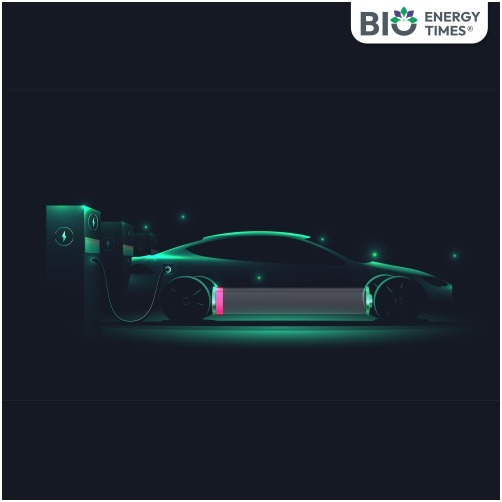Electric vehicles accounted for just 7.6% of total vehicle sales in India in 2024, well below the government’s target of 30% by 2030, highlighting the need for urgent action to accelerate the country’s EV transition. While India has seen considerable progress in the adoption of electric two- and three-wheelers, uptake in electric buses, passenger cars, and particularly long-haul trucks continues to lag, according to a new report by NITI Aayog titled “Electric Vehicles in India: Unlocking a USD 200 Billion Opportunity.”
The report presents an ambitious roadmap to boost EV adoption, identifying key bottlenecks and proposing a mix of bold mandates, targeted investments, and regulatory reforms. It notes that EV sales in India rose from just 50,000 units in 2016 to over 2.08 million in 2024. In comparison, global EV sales jumped from 918,000 to 18.78 million over the same period.
“India’s adoption of EVs is on the rise but remains slower than in countries like the US, EU, and China,” the report states. While progress has been encouraging in the two- and three-wheeler segments, it adds, the rollout of electric buses has been modest, adoption of electric cars is sluggish, and long-haul electric trucks have yet to gain a foothold.
With only 7.6% EV penetration in 2024, the report underscores the urgency of ramping up efforts to meet the 2030 target, requiring a more than 22 percentage-point jump in just five years. To achieve this, it recommends shifting from incentives to enforceable mandates for Zero Emission Vehicle (ZEV) adoption.
Among the key proposals are:
Targeted electrification of urban fleets, such as city buses, para-transit vehicles, and freight carriers, in five cities to demonstrate large-scale viability.
Creation of a pooled fund with backing from multilateral agencies to offset capital costs for electric buses and trucks.
Establishment of robust charging infrastructure along 20 major freight corridors.
Development of a nationwide, unified EV charging app for seamless access and payment.
NITI Aayog also calls for regulatory reforms including tighter Corporate Average Fuel Efficiency (CAFE) norms, disincentives for internal combustion engine (ICE) vehicles, and support for emerging business models like battery leasing and dedicated EV power lines (EVPL).
A key focus is on enabling small fleet operators, who own the majority of commercial vehicles in India, through priority sector lending, blended finance mechanisms, and risk-sharing tools. Unlike Western markets dominated by private cars, India’s vehicle landscape is shaped by two-wheelers (accounting for 75% of the total) and small fleet ownership. This, the report argues, requires a tailored, saturation-based strategy for EV rollout rather than a blanket nationwide approach.
Though India performs reasonably well on charger availability, approximately one charger for every 14 electric cars, usage remains low due to poor planning, inadequate land access, and limited public awareness. To address this, the report recommends the creation of a dedicated nodal agency in each state, modeled after Singapore’s EVe, to coordinate infrastructure deployment.
The report also stresses the need for immediate action to build momentum. It urges the formulation of a national EV transition policy with defined timelines and stricter rules to mandate the electrification of public transport fleets, starting with full electrification in five pilot cities.
Additionally, it calls for operationalising a blended finance fund to support affordable EV loans, and the formation of an inter-ministerial task force to resolve regulatory bottlenecks that are slowing the EV shift.
With a USD 200 billion opportunity on the horizon, the report positions India not only as a growing market for electric mobility but also as a potential global hub for EV manufacturing, innovation, and sustainable transportation leadership.














